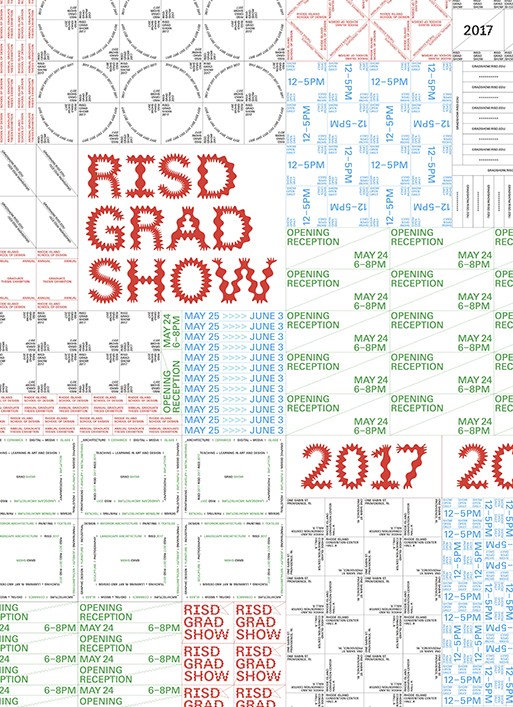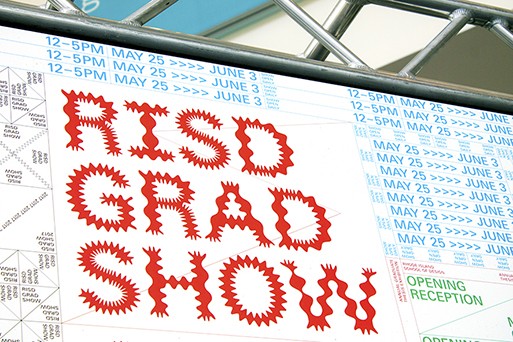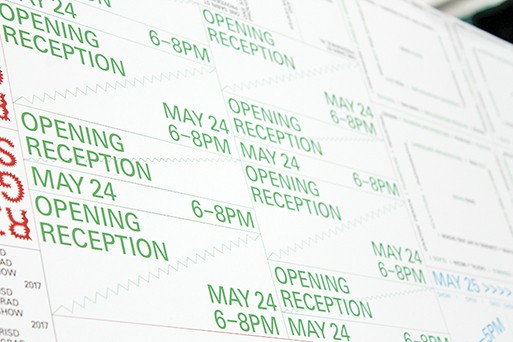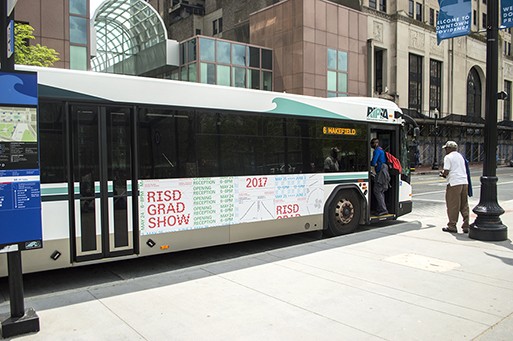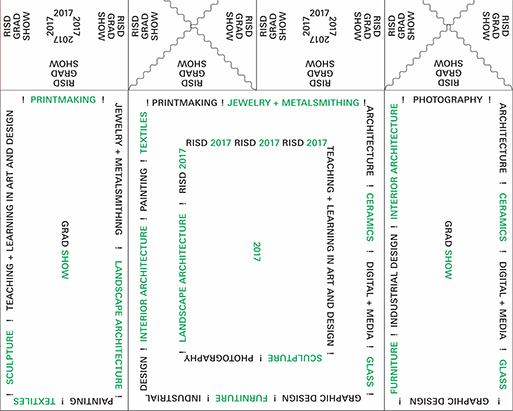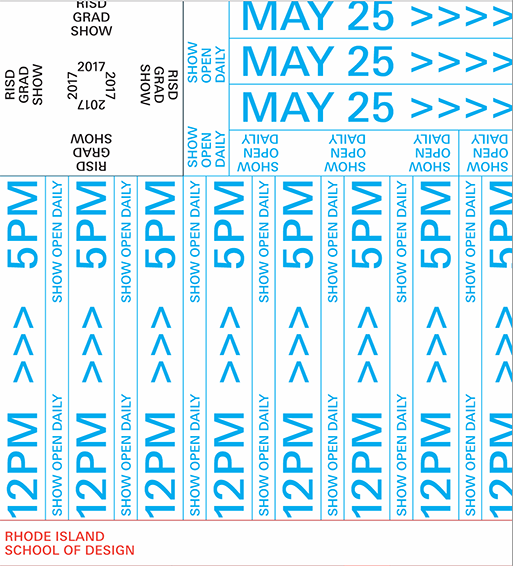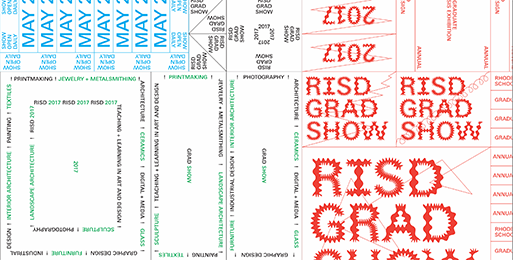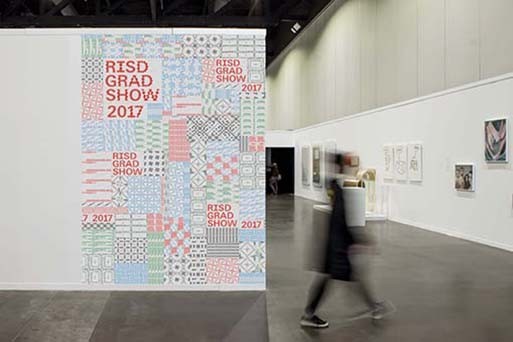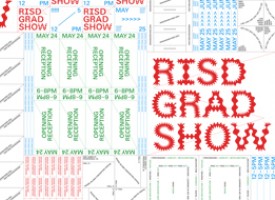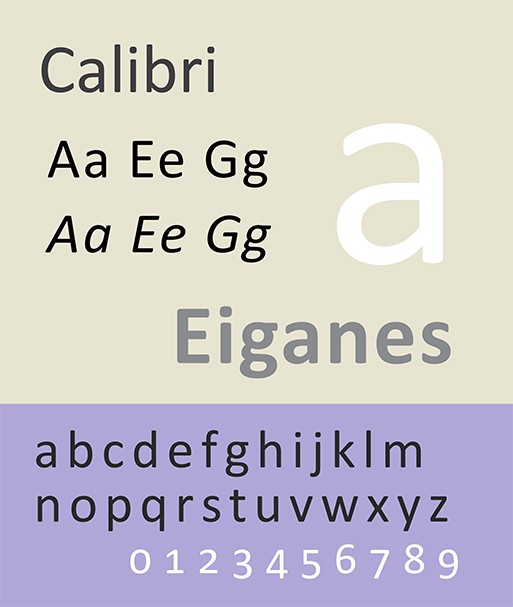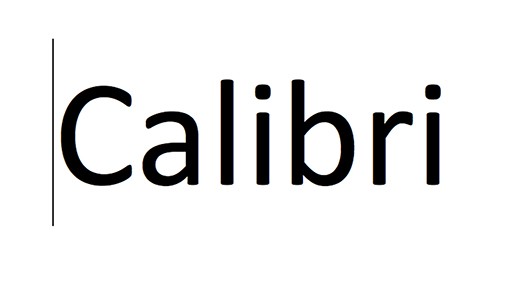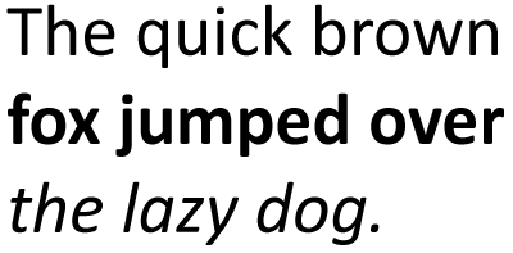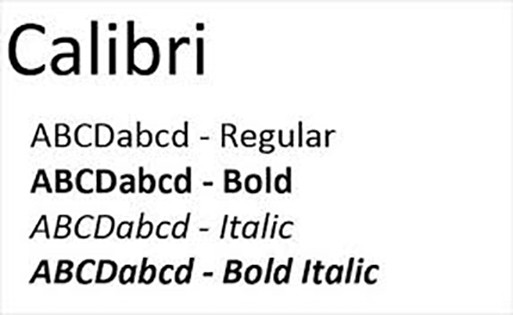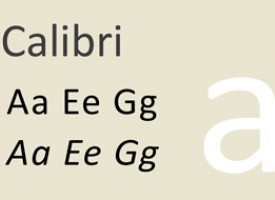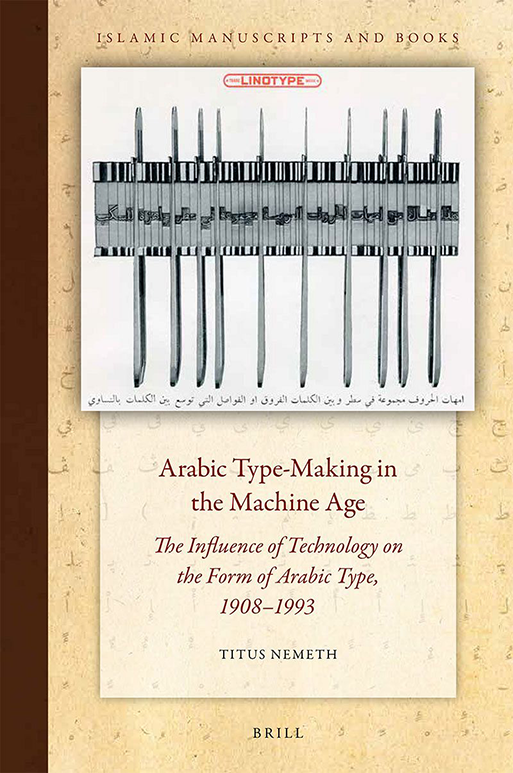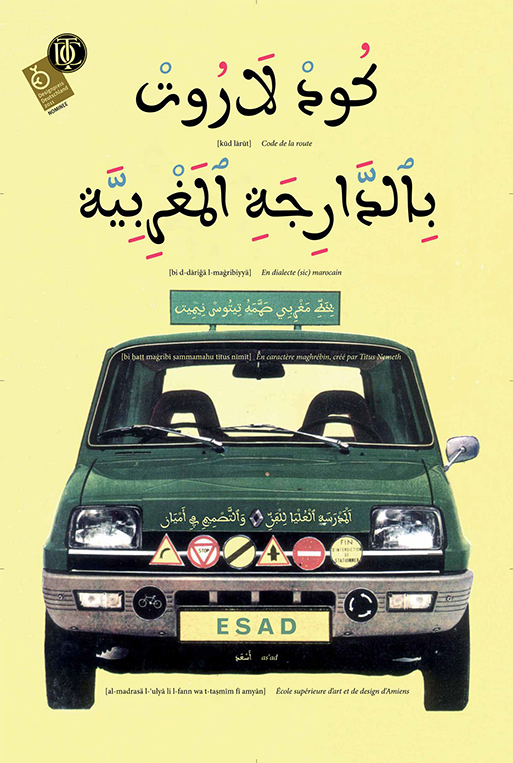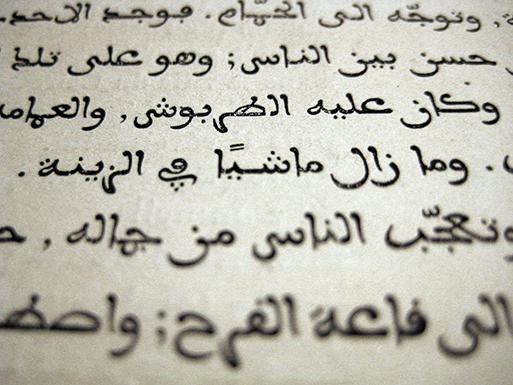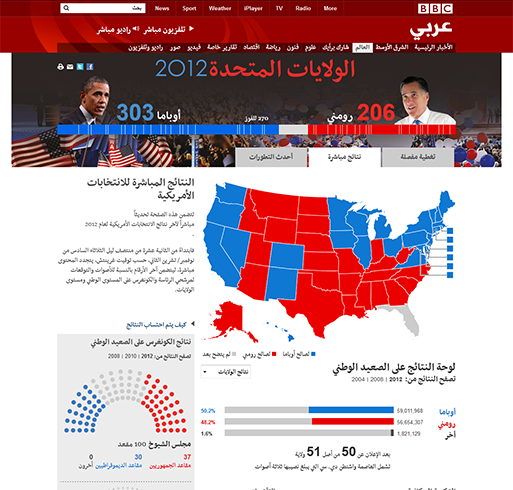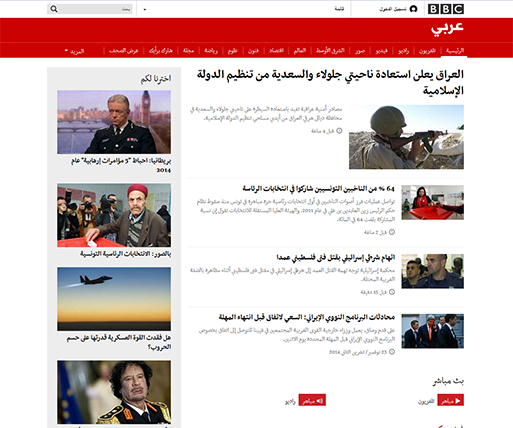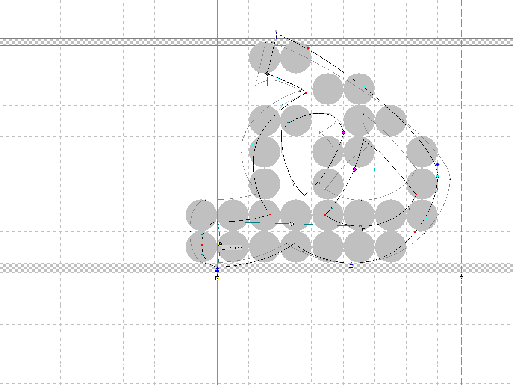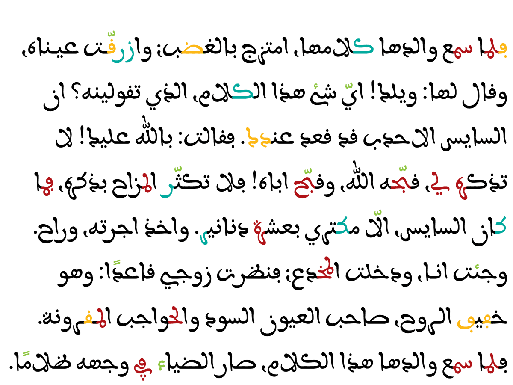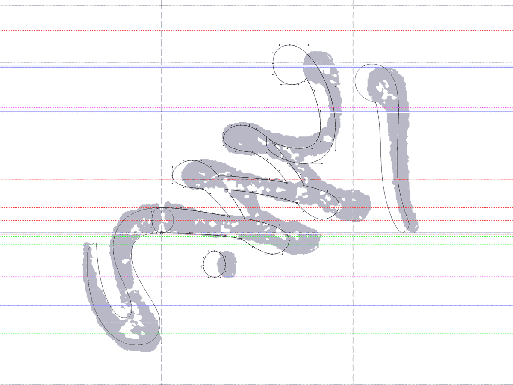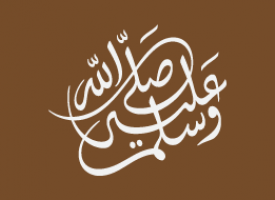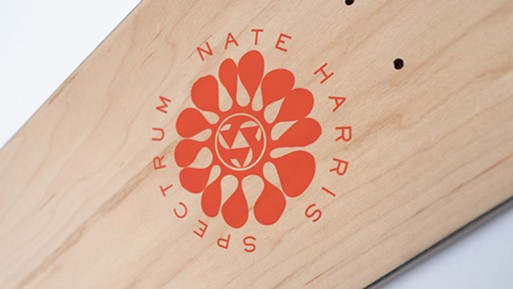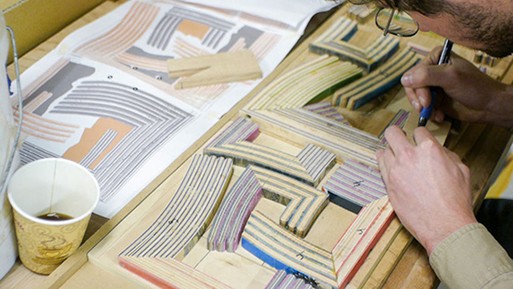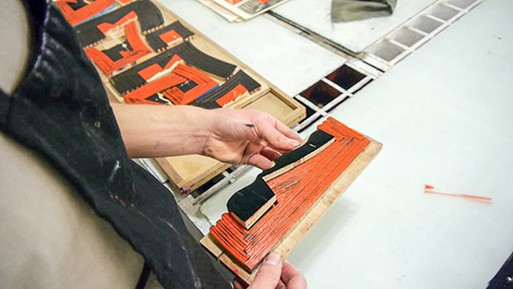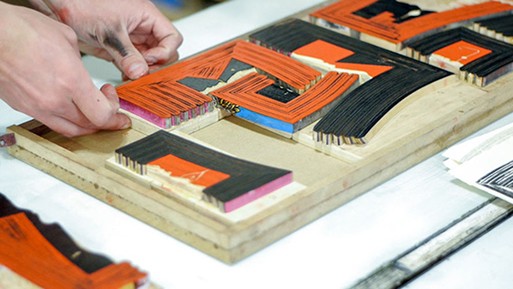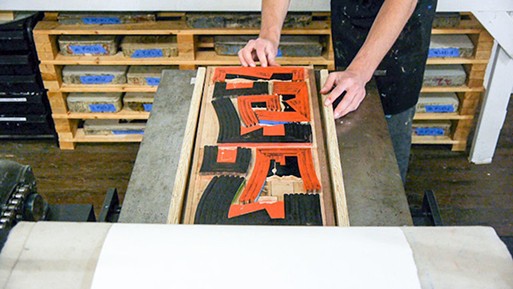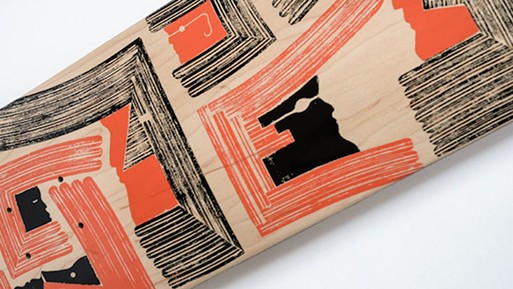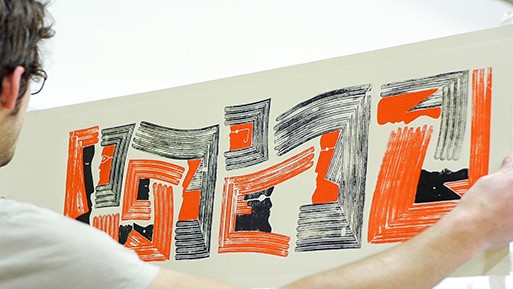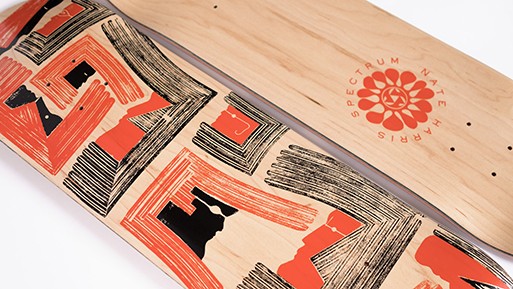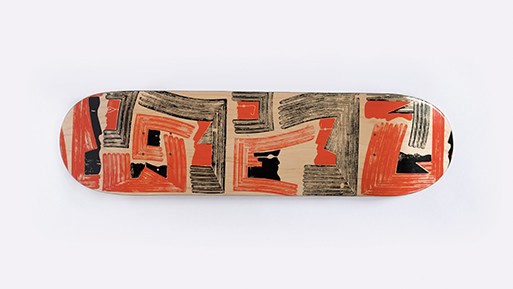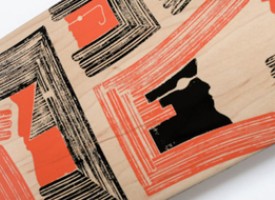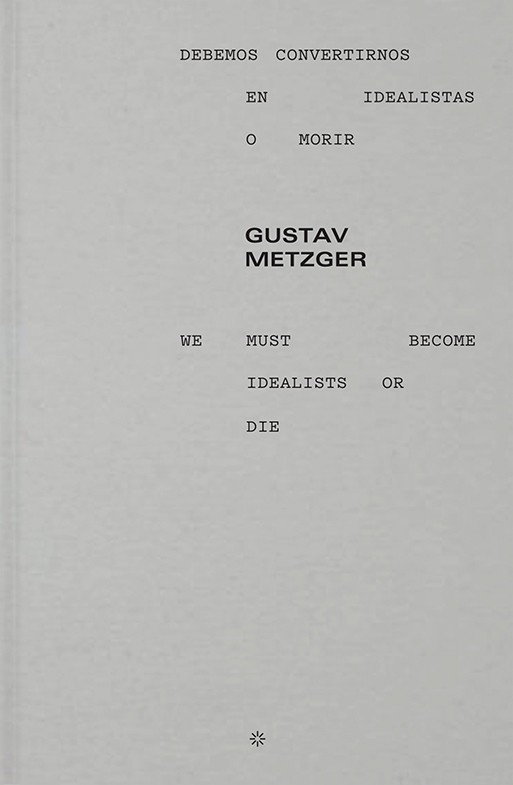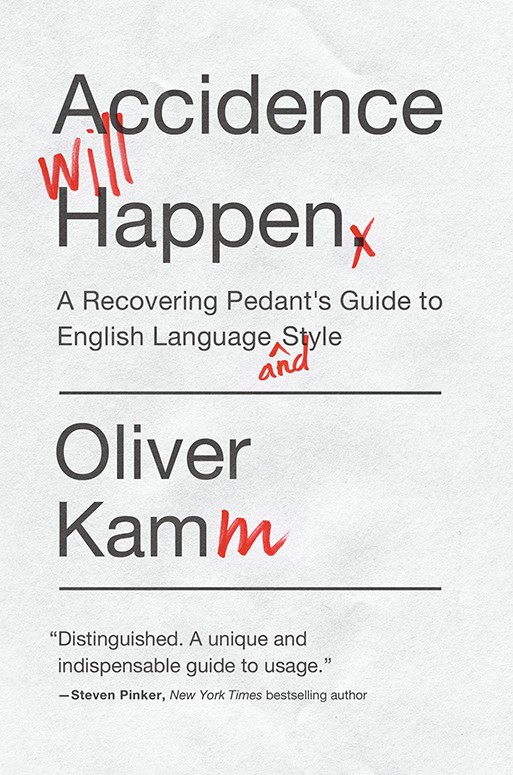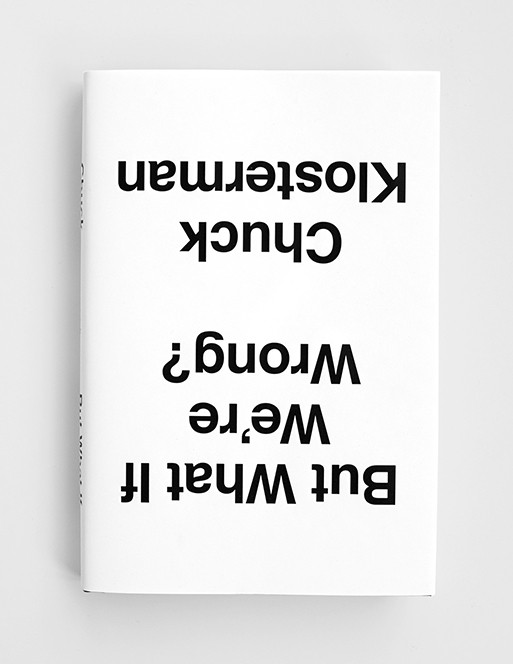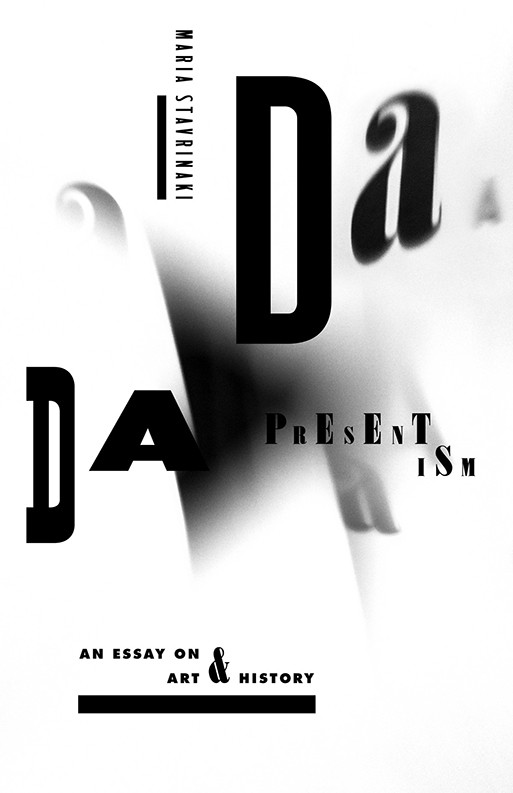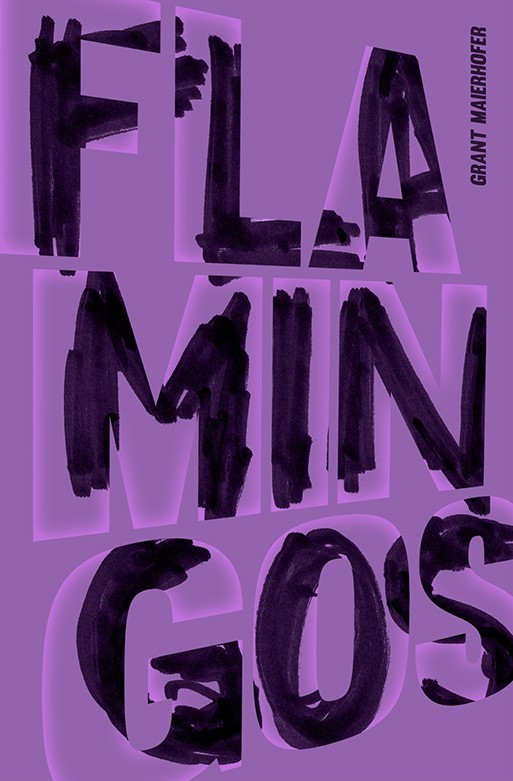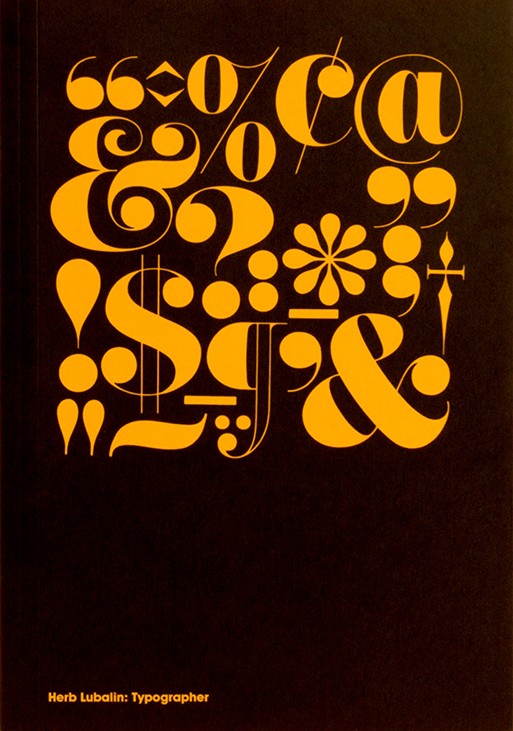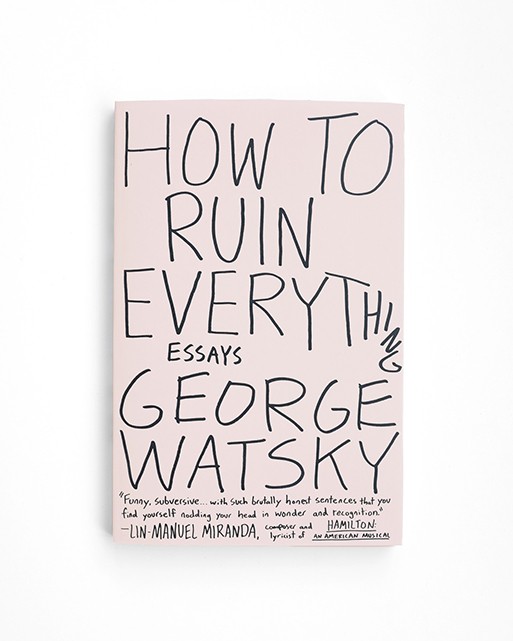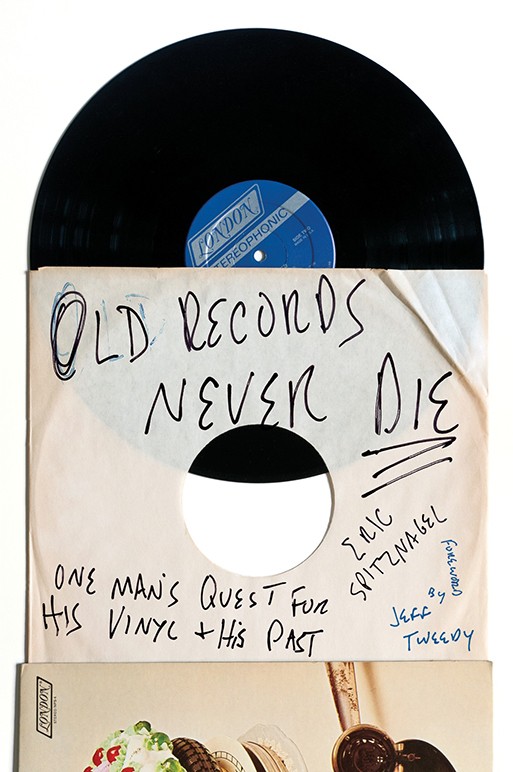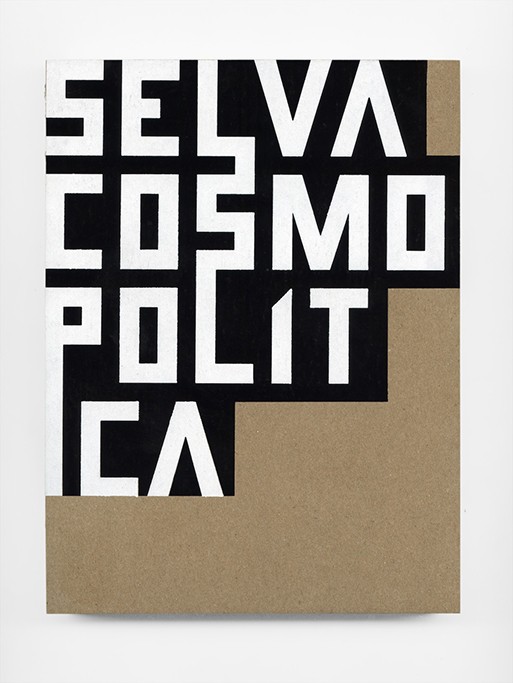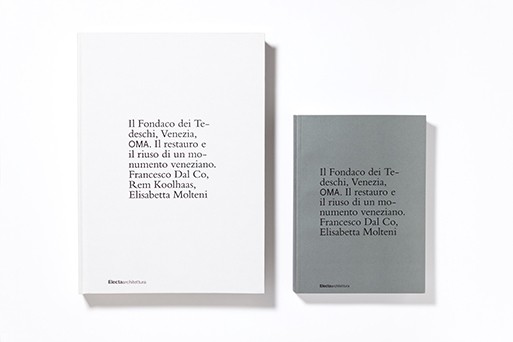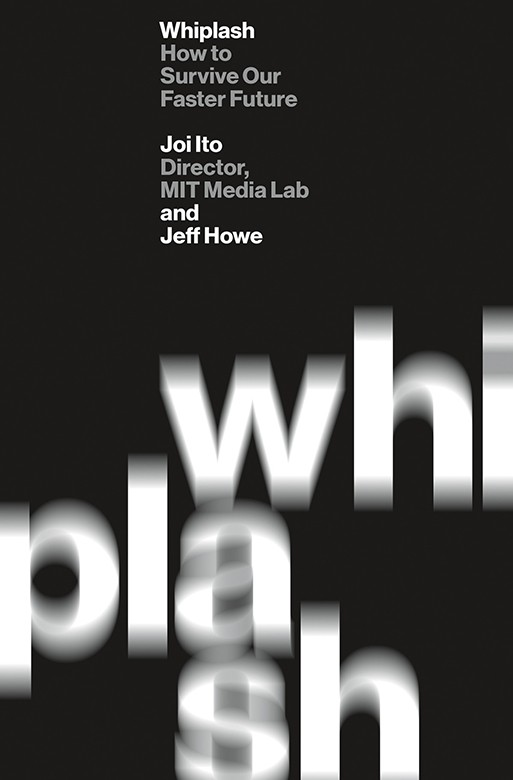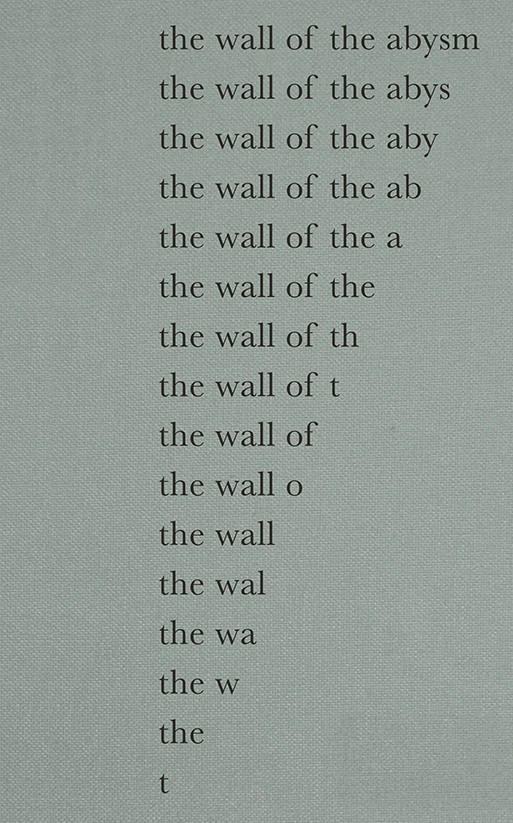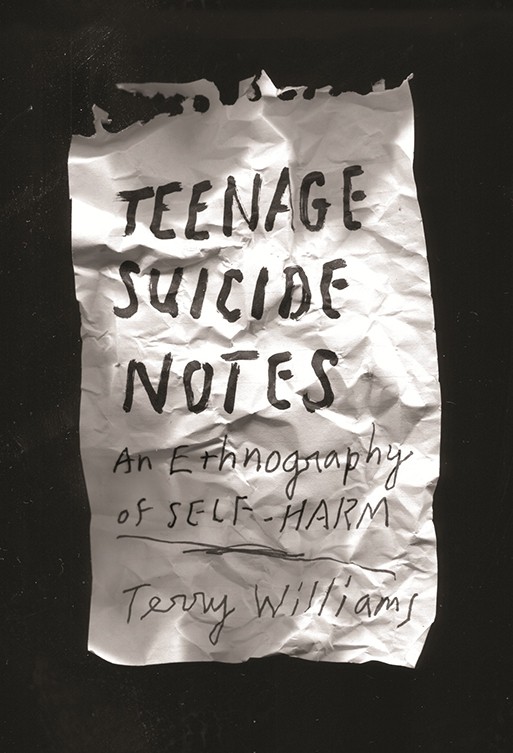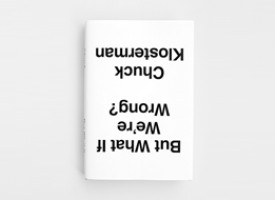The Twitter dubbed it as the major #Fontgate du jour. And it all started with a font that exposed Pakistani PM’s daughter in a major scandal as the court found that Mariam Nawaz Sharif fake font.
“The daughter of Pakistan’s prime minister has become subject of ridicule in her home country after forensic experts cast doubts on documents central to her defence against corruption allegations” reports The Guardian.
“Mariam Nawaz Sharif is under supreme court investigation after the 2016 Panama Papers leak tied her to a purchase of high-end London property acquired through offshore companies in the British Virgin Islands. The unlikely source of this latest controversy, in a scandal that has gripped Pakistan for more than a year, is a font designed by Microsoft. Documents claiming that Mariam Nawaz Sharif was only a trustee of the companies that bought the London flats, are dated February 2006, and appear to be typed in Microsoft Calibri. But the font was only made commercially available in 2007, leading to suspicions that the documents are forged”.
Inevitably the Twitteratis have derided Sharif for this apparent misstep, coining the hashtag #fontgate. As mentioned in Wikipedia, “the Calibri font was developed in 2004 but only reached the general public on 30 January 2007 with the launch of Microsoft Vista and Microsoft Office 2007."
Opposition parties have urged prime minister Nawaz Sharif to step down after the investigation found a “significant disparity” between his family’s declared wealth and known sources of income with Imran Khan, the opposition leader, saying that Sharif had “lost all moral authority” and must resign immediately.
Calibri, the renowned Microsoft font could be the key to unlocking whether or not Maryam Nawaz was involved in the scandal . As a result on July 12, Wikipediaadministrators voted to lock the article on Calibri after the joint investigation team report was released. “Calibri is a humanist sans-serif typeface family designed by Lucas de Groot in 2004 and reached the general public on January 30, 2007” writes the first line of the post.
The font's creator, Dutch designer Lucas De Groot, told the AFP news agency in a statement that it was "unlikely" Calibri had been used in any official documents in 2006. "[In] my opinion the document in question was produced much later," he said.
De Groot said he began designing Calibri in 2002 and sent the finalised version to Microsoft in 2004. After that, he said, it was used in beta versions that would have required "serious effort" to obtain.
“#Calibri, a @Microsoft font that just made the biggest contribution to #Pakistan democracy” wrote a Twitter user.
Calibri replaced Times New Roman as Word’s default typeface in 2007 and replaced Arial in Excel, Outlook, and Powerpoint. Calibri became the default font in Office for Mac 2016.
The font was designed to work with Microsoft’s ClearType system, which is an application used to make text easier to read on LCD monitors. Cambria, Candara, Consolas, Constantia, and Corbel, are part of the same font family.
"Pakistan’s Supreme Court ordered the removal of Prime Minister Nawaz Sharif from office over accusations of corruption" reports The New York Times. "Announced by the five-member Supreme Court, the verdict caps more than a year of high political drama, breathless court proceedings and a piercing investigation into the finances of the Sharif family." Obviously the verdict is not written in Calibri.
